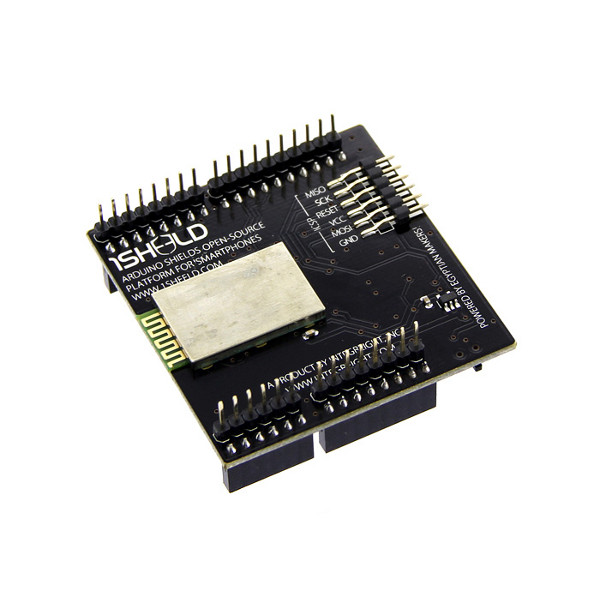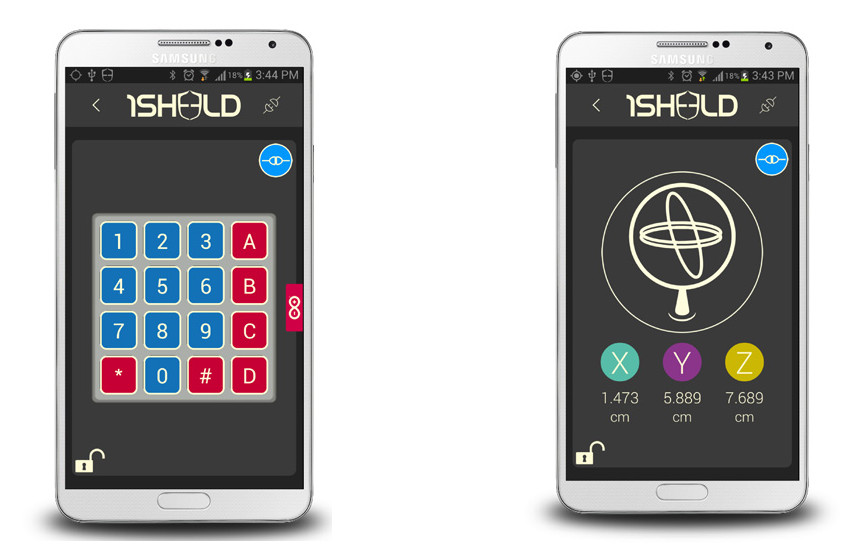|
Imagine an Arduino Shield that can be configured to be an LCD, GPS, WiFi or any shield you could think of!
1Sheeld is a new and easy to configure shield for Arduino. It is connected to a mobile app that allows the usage of all of Android smartphones' capabilities such as LCD Screen, Gyroscope, Switches, LEDs, Accelerometer, Magnetometer, GSM, WiFi, GPS …etc. from within your Arduino sketch!

Basically, the product consists of two parts. The first part is a shield that is physically connected to your Arduino board and acts as a wireless middle-man, piping data between Arduino and any Android smartphone via Bluetooth. The second part is a software platform and app on Android smartphones that manages the communication between our shield and your smartphone and lets you choose between different available shields.
By doing this, you can use 1Sheeld as input or output from Arduino and make use of all of the sensors and peripherals already available in your Android smartphone instead of buying actual and physical shields. You can use it to control an RC car using the phone's gyroscope, or even tweet when someone enters the room!
This introduces a new dimension to Arduino shields, by using the power of smartphones to simplify the electronics prototyping process, this will provide the best and the most convenient solution for hobbyists who need affordable prototyping with the lowest costs.

What can you do with 1Sheeld?
Sky is the limit! You have a powerful Android smartphone that can be used to control your RC car, tweet when plants are thirsty, and have fun playing with your friends.
A variety of shields exist already for 1Sheeld like LED, Toggle Button, Buzzer, Slider, LCD, 7-Segment, Keypad, Music Player, Game Pad, Notifications, Twitter, Facebook, Foursquare, Gyroscope, SMS, Flashlight and Mic. And there are many other shields coming in the pipeline.
Specification:
- Uses a standard HC-06 Bluetooth adapter (Bluetooth 2.1)
- Range up to 10m
- Running on an Atmel ATMega162
- 16 MHz operating frequency
- Communicate with Arduino using UART
Documents:
|








